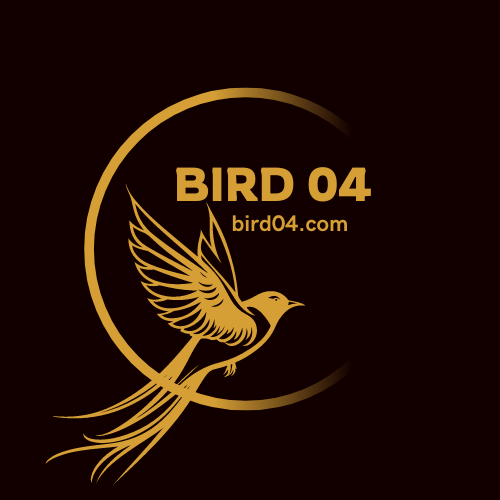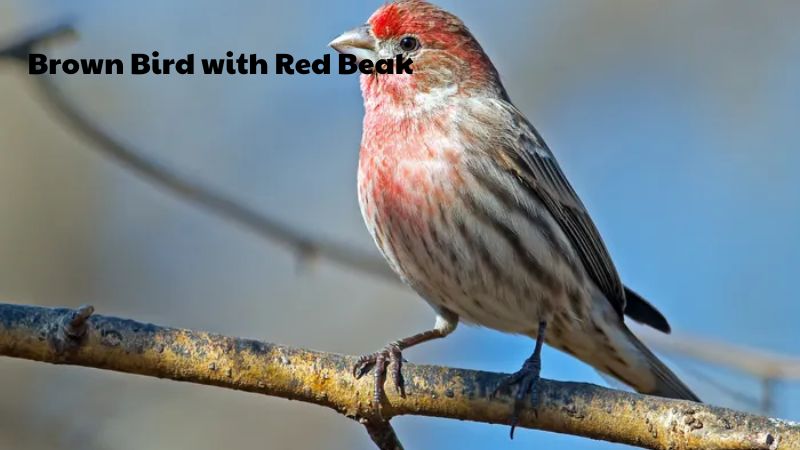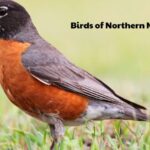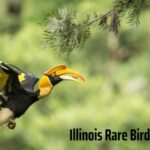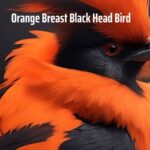Bird Care
Exploring the Brown Bird with Red Beak: Adaptations and Survival Strategies
The brown bird with red beak, known as the Red-billed Pigeon, is a fascinating avian species that captures the interest of birdwatchers and ecologists alike. Found in various habitats across Central and South America, this pigeon showcases unique adaptations and behaviors that contribute to its ecological role.
Exploring its characteristics, habits, and conservation needs reveals the importance of preserving this remarkable bird. Let’s explore the details with Bird04!
Morphological Characteristics of the Red-billed Pigeon
Size
The Red-billed Pigeon is medium-sized compared to other bird species. It typically measures around 12 to 14 inches in length, which places it in a similar size range as the Mourning Dove, but smaller than larger pigeons like the Rock Pigeon. This size allows for agility in flight while still being robust enough to thrive in various habitats.
Coloration
The plumage of the Red-billed Pigeon is characterized by its striking colors. The head is usually a rich, deep gray, transitioning to a darker hue on the back. The belly is often a lighter gray or cream, providing a contrast against the darker wings, which may display subtle iridescent shades. The feathers on the wings have a glossy sheen, reflecting hues of green and purple, especially in sunlight, while the tail features a distinct pattern that aids in identification.
Beak
The beak of the Red-billed Pigeon is one of its most distinctive features. It is short, conical, and strong, measuring about an inch in length. The vibrant red color of the bill stands out against the body’s more muted tones, making it easily recognizable. This beak shape and size are well-adapted for feeding on seeds and fruits, allowing the bird to crack open tough coverings with ease.
Feet
The legs of the Red-billed Pigeon are relatively short but sturdy, enabling it to perch securely on branches and navigate through its arboreal habitat. The feet are equipped with strong toes that have slight, curved claws, providing good grip on tree bark and branches. This adaptation is essential for stability while feeding and resting, particularly in the densely vegetated areas they prefer.
These morphological characteristics contribute to the Red-billed Pigeon’s ability to thrive in its environment, showcasing its adaptations for survival and efficiency in feeding and nesting behaviors.
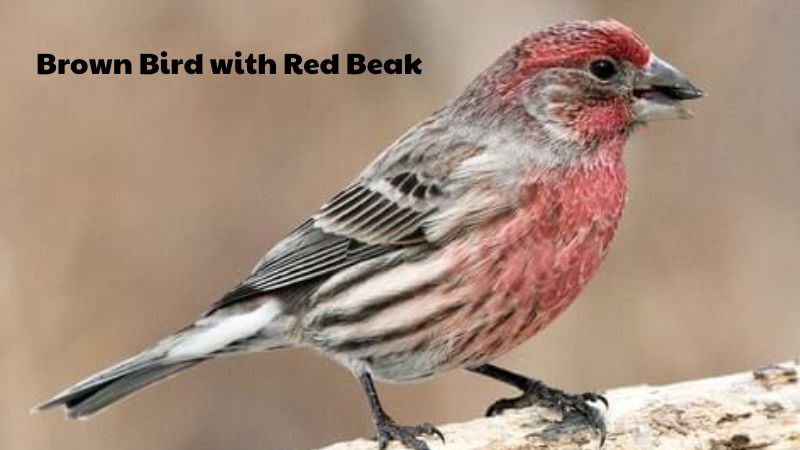
Habitat and Distribution of Brown Bird with Red Beak
Preferred Habitat
The Red-billed Pigeon favors a variety of habitats, primarily thriving in forested areas, grasslands, and wetlands. In forested regions, they are often found in dense, mature woodlands where they can roost and nest among the tree branches. Additionally, they frequent open grasslands where they can forage for seeds and fruits, and they are also known to inhabit wetland areas, which provide ample food sources and cover.
Geographic Distribution
The Red-billed Pigeon is predominantly found in various regions across Central and South America. Its range includes countries such as Mexico, Guatemala, Honduras, Costa Rica, and parts of Colombia and Ecuador. Within these countries, the species prefers lowland areas, although it can also be found in some mountainous regions at lower elevations.
Migration Patterns
While the Red-billed Pigeon is generally considered a resident species, some populations exhibit migratory behavior in response to seasonal changes and food availability. During certain times of the year, particularly in response to food shortages or habitat conditions, they may move to more favorable environments within their range.
These movements are typically localized rather than long-distance migrations, as the species tends to stay within regions where they can find suitable habitats.
Understanding the habitat preferences and distribution of the Red-billed Pigeon is essential for conservation efforts, as it highlights the importance of preserving diverse ecosystems that support this and other avian species.
Behavior of the Red-billed Pigeon
Foraging Behavior
The Red-billed Pigeon exhibits a primarily granivorous diet, foraging for seeds, fruits, and occasionally flowers. They typically search for food on the ground or in low vegetation, using their strong, conical beaks to crack open seeds or extract fruit pulp.
Their foraging is often done in small flocks, allowing them to take advantage of group dynamics for spotting food sources and potential predators.
Reproductive Behavior
During the breeding season, Red-billed Pigeons build nests in the dense foliage of trees, usually choosing sites that provide ample cover from predators. The nests are constructed from twigs and leaves, creating a sturdy platform.
Females typically lay 1 to 2 eggs, which are incubated by both parents for about 14 to 18 days. Once hatched, both parents share responsibilities in feeding the chicks, regurgitating food until the young are capable of independent foraging.
Social Behavior
Red-billed Pigeons are generally social birds, often seen in small groups or pairs. They engage in various social interactions, including courtship displays that involve preening and soft cooing sounds. These interactions are essential for establishing pair bonds during the breeding season.
They are also known to be tolerant of other bird species, often sharing their feeding areas with different avian inhabitants.
Threats
Several natural and anthropogenic factors threaten the survival of the Red-billed Pigeon. Habitat loss due to deforestation, urbanization, and agricultural expansion significantly impacts their preferred environments.
Additionally, climate change poses risks by altering food availability and nesting conditions. Predation by native and invasive species also contributes to their vulnerability, making conservation efforts crucial for maintaining healthy populations.
Ecological Significance and Conservation
Role in the Ecosystem
The Red-billed Pigeon plays a crucial role in its ecosystem, primarily as a seed disperser. By feeding on fruits and seeds, the pigeon helps in the propagation of various plant species, facilitating forest regeneration and maintaining biodiversity.
This activity contributes to the balance of the ecosystem, as healthy plant populations support other wildlife and stabilize habitats. Additionally, as a prey species, the Red-billed Pigeon serves as an important food source for predators, contributing to the food web.
Conservation Status
Currently, the Red-billed Pigeon is not classified as endangered, but it faces threats that could impact its populations if not addressed. Habitat loss due to deforestation and urban expansion poses significant risks, and while the species is adaptable, continued environmental changes can lead to localized declines.
To ensure the conservation of this bird, it is essential to implement measures such as habitat protection, restoration of degraded areas, and monitoring populations. Educating local communities about the importance of this species and promoting sustainable land-use practices can further aid in its conservation.
By recognizing the ecological significance of the Red-billed Pigeon and implementing necessary conservation strategies, we can help safeguard not only this species but also the broader ecosystems it supports.
Conclusion
In summary, the brown bird with red beak, known as the Red-billed Pigeon, plays a vital role in its ecosystem as both a seed disperser and a key species in the food web. Understanding its behaviors, habitat needs, and conservation status is essential for ensuring its survival. Protecting this unique bird will contribute to the health and balance of its environment.
